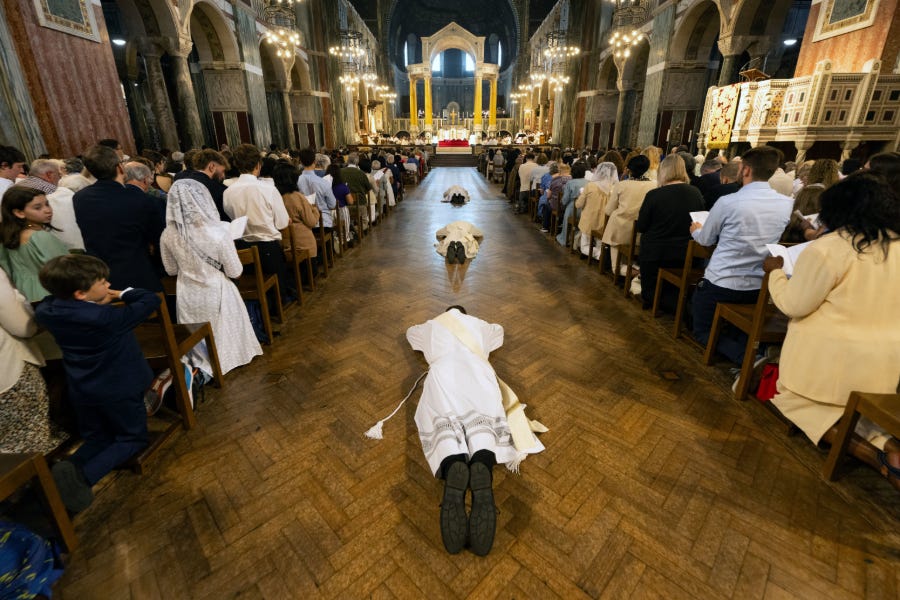How many new priests are there in Europe?
What’s happening with ordination rates in Europe?
How many new Catholic priests will be ordained in Europe in 2025? It’s a simple question, but difficult to answer, given the continent consists of more than 40 nations, with varying attitudes to record-keeping.

Does the answer matter? Yes, bec…
